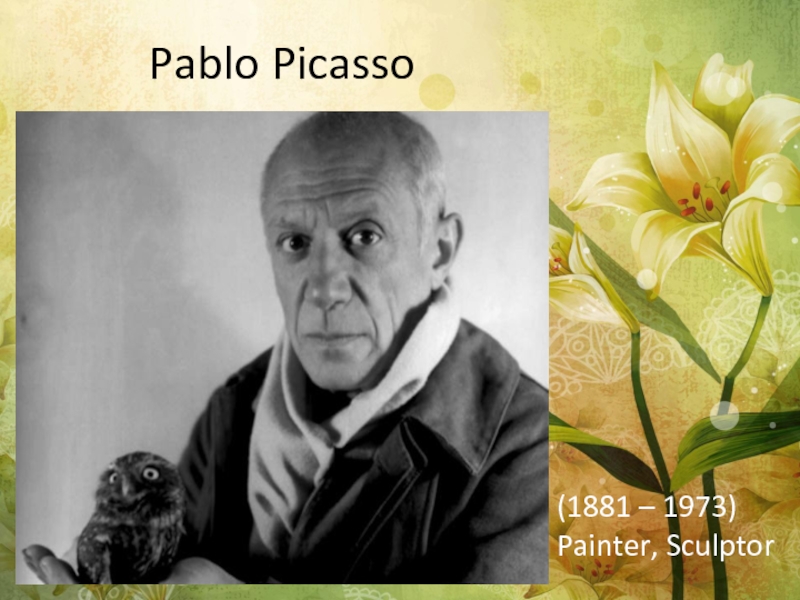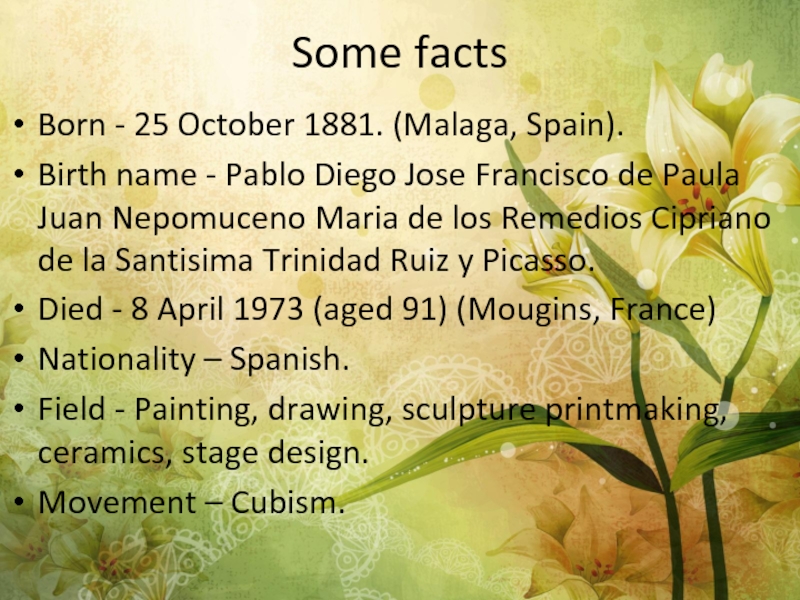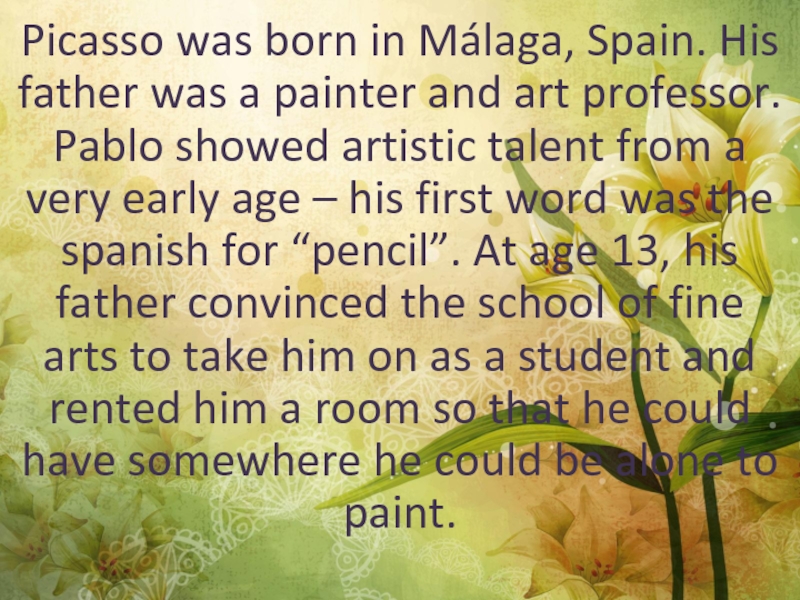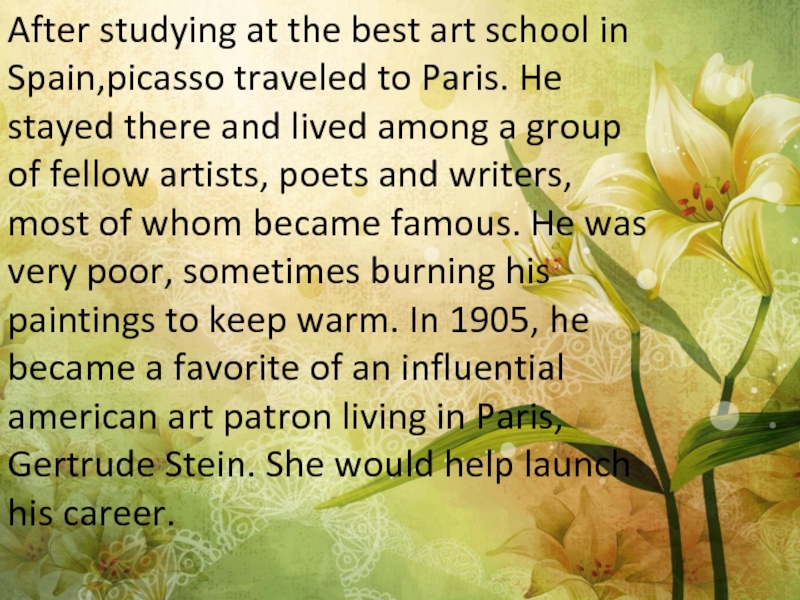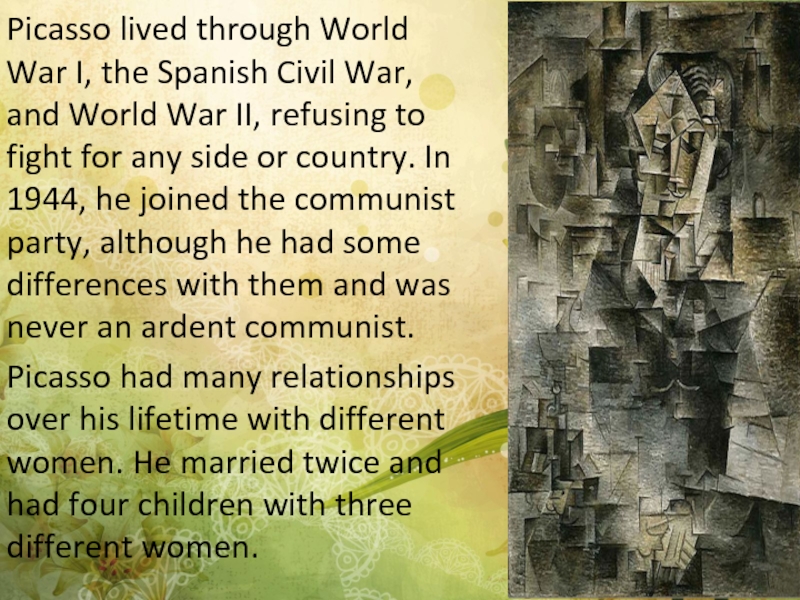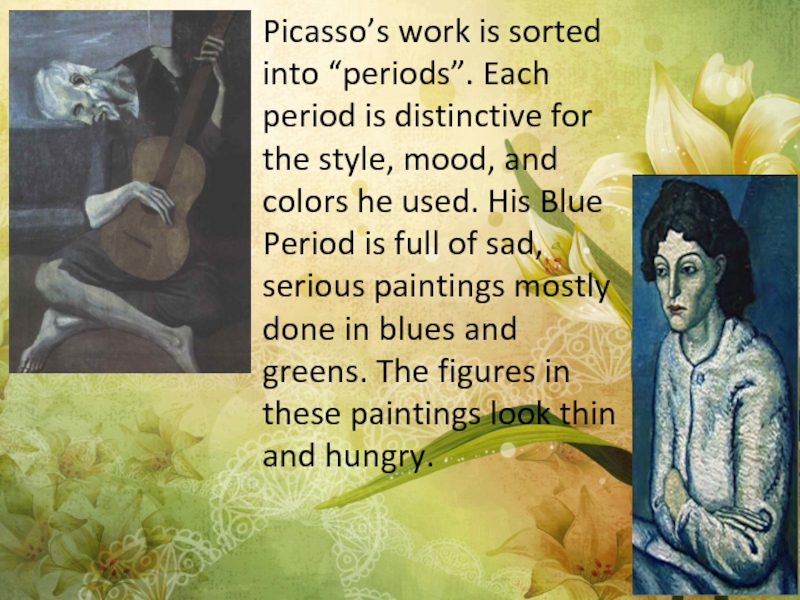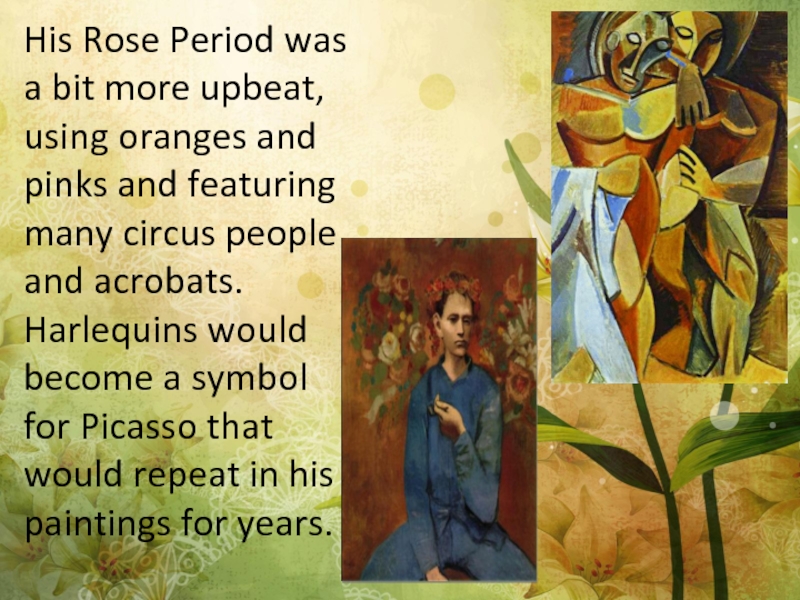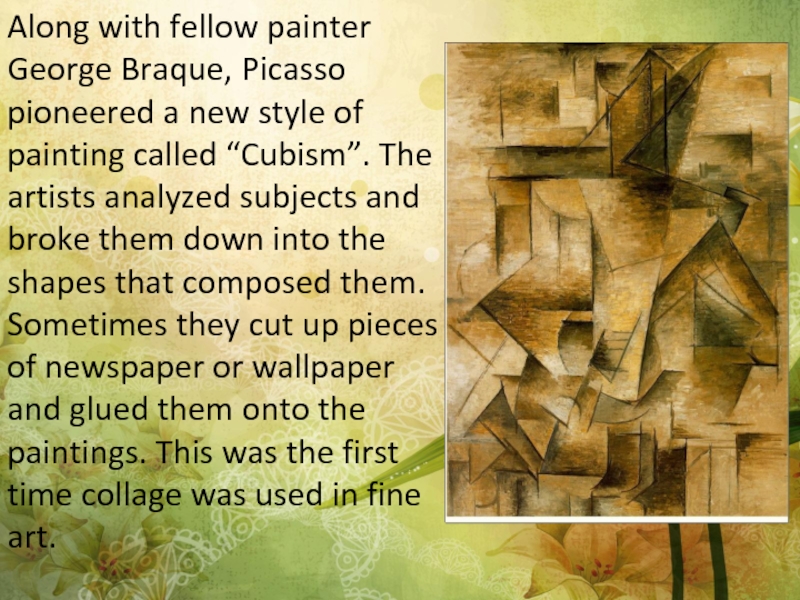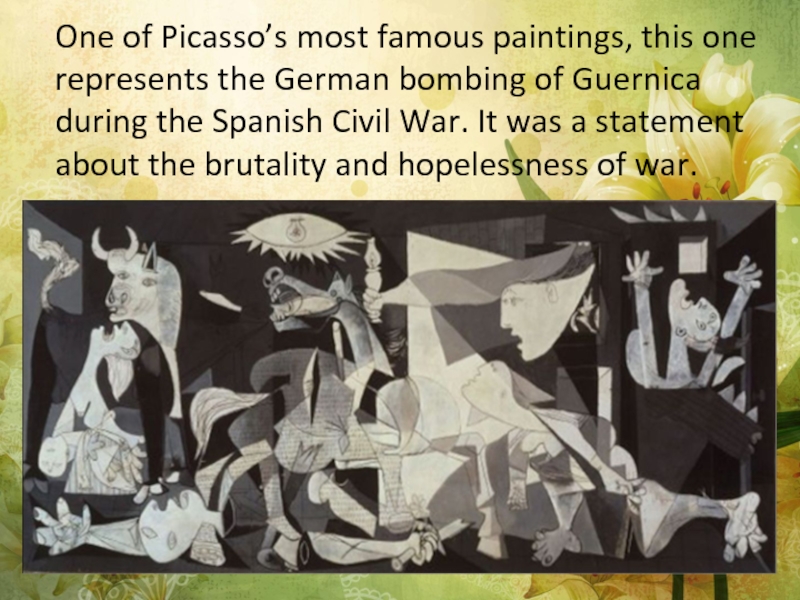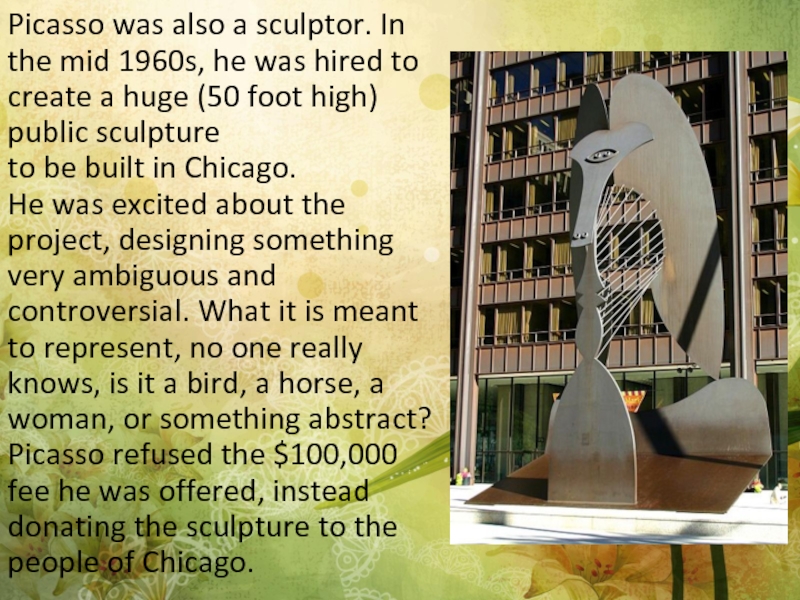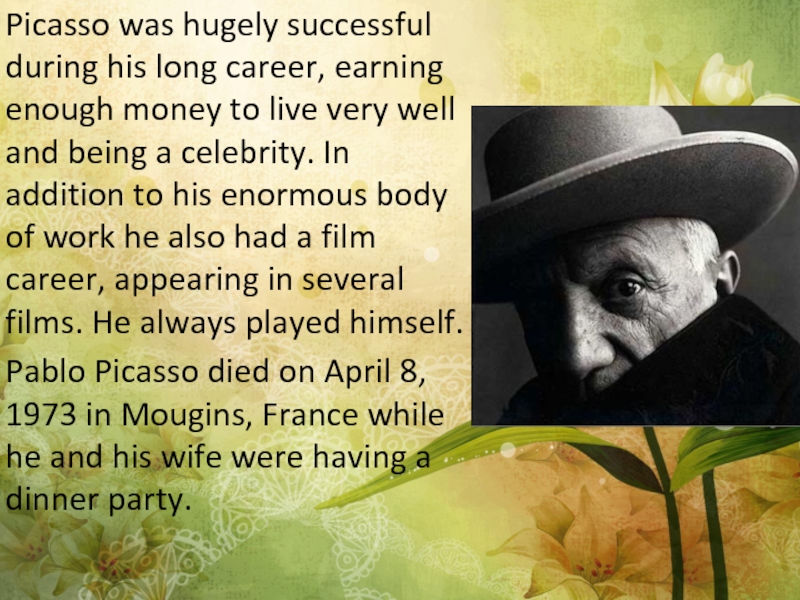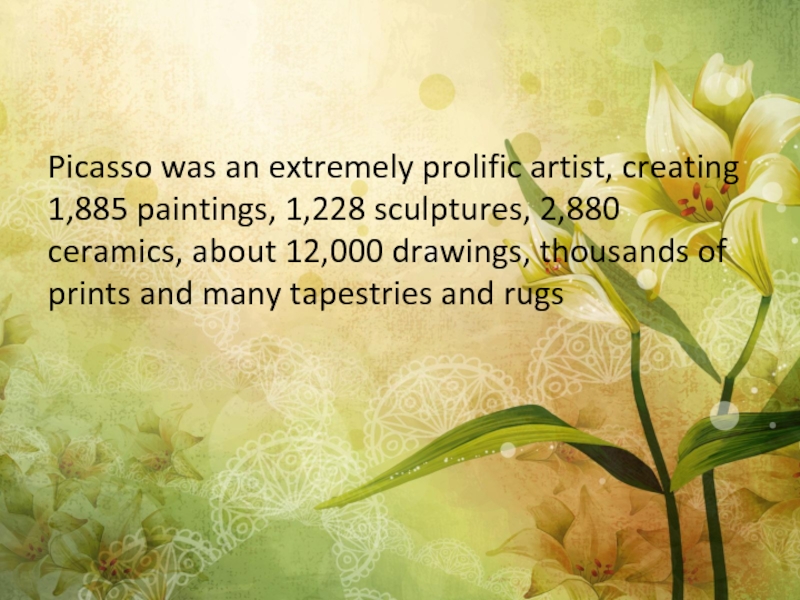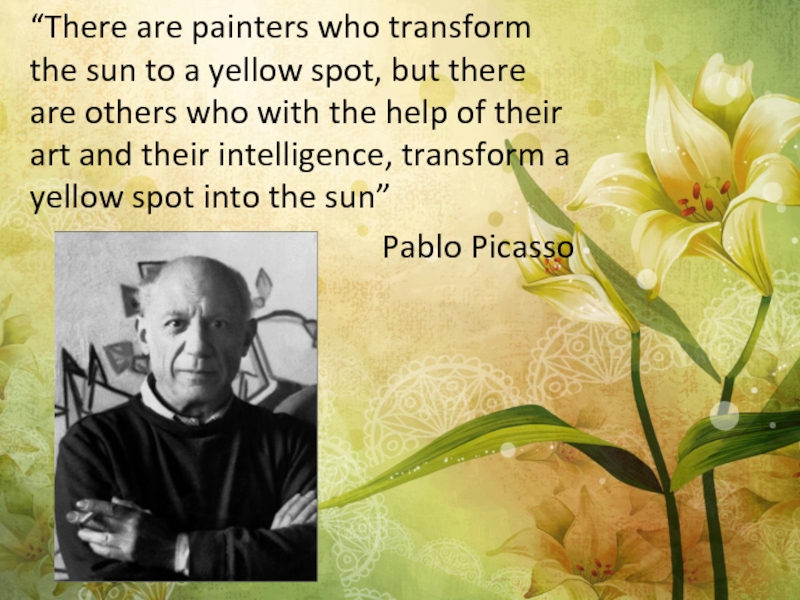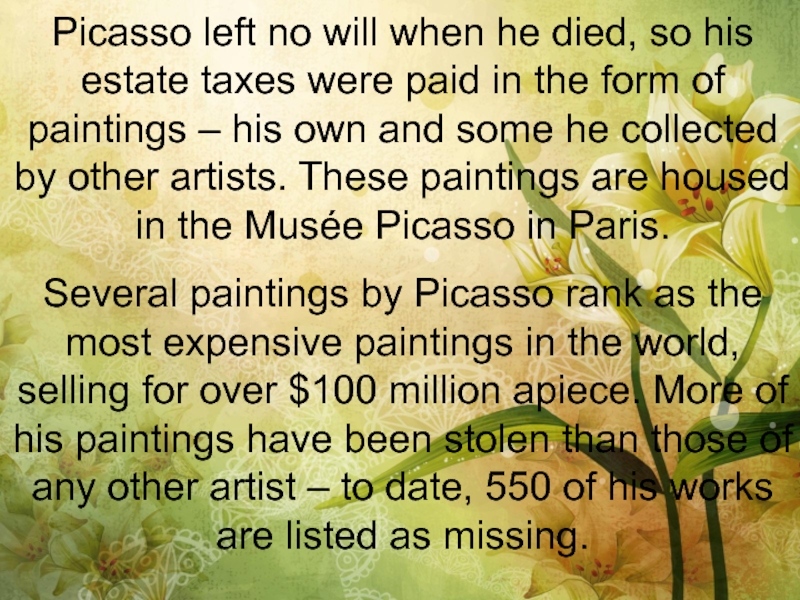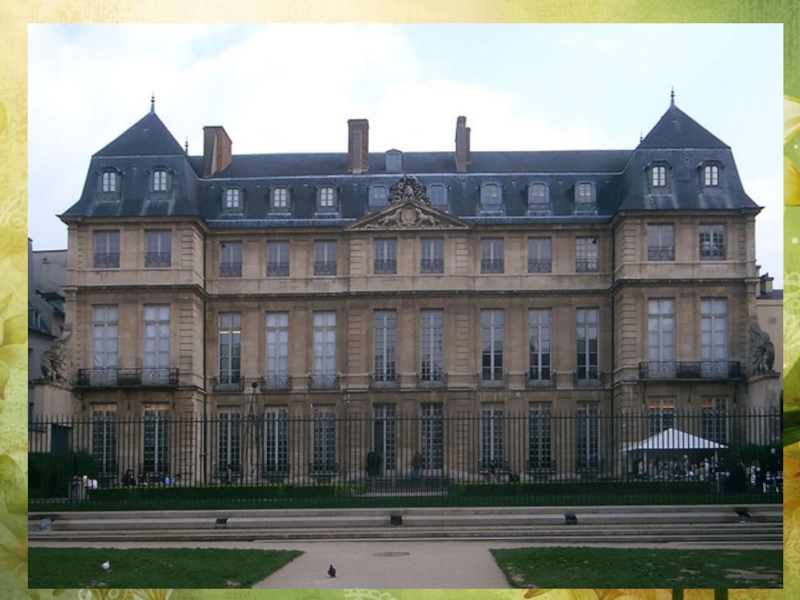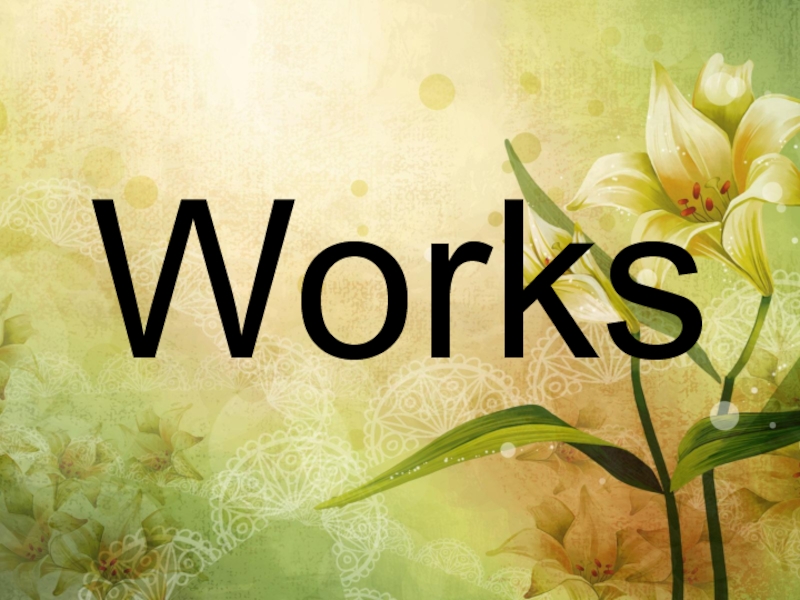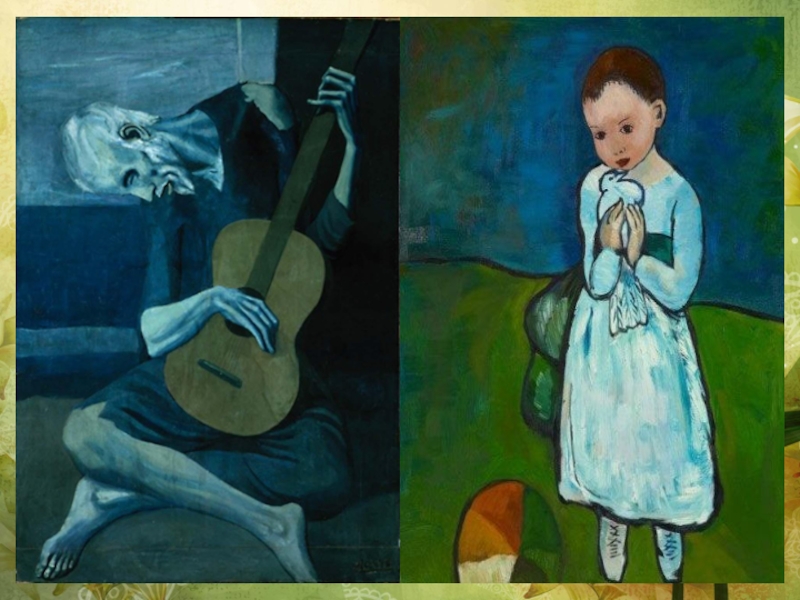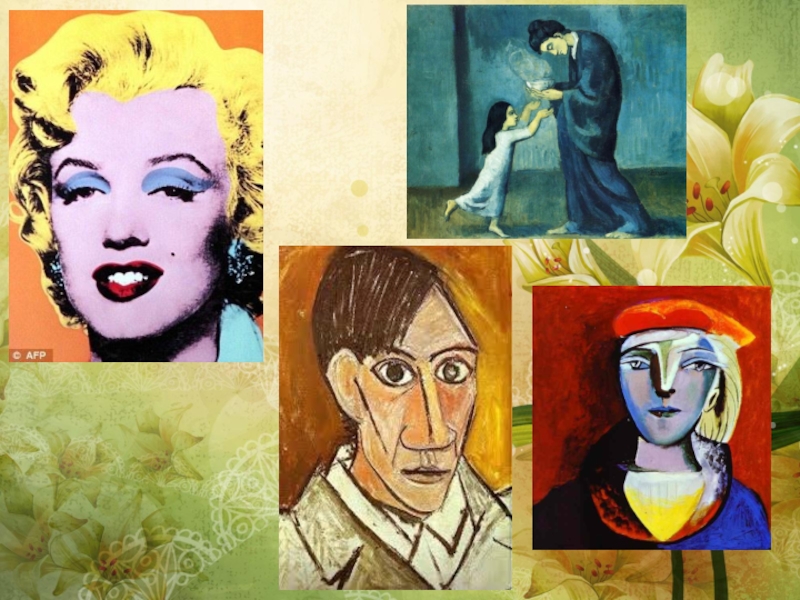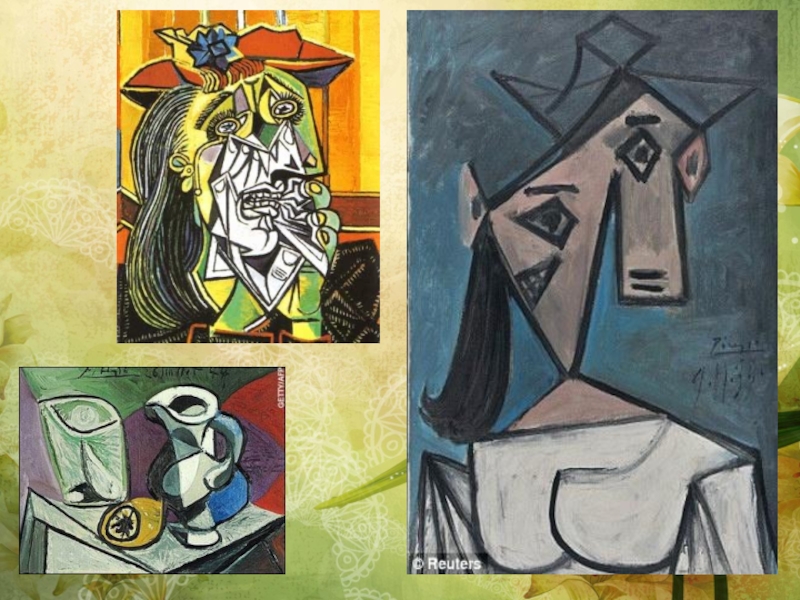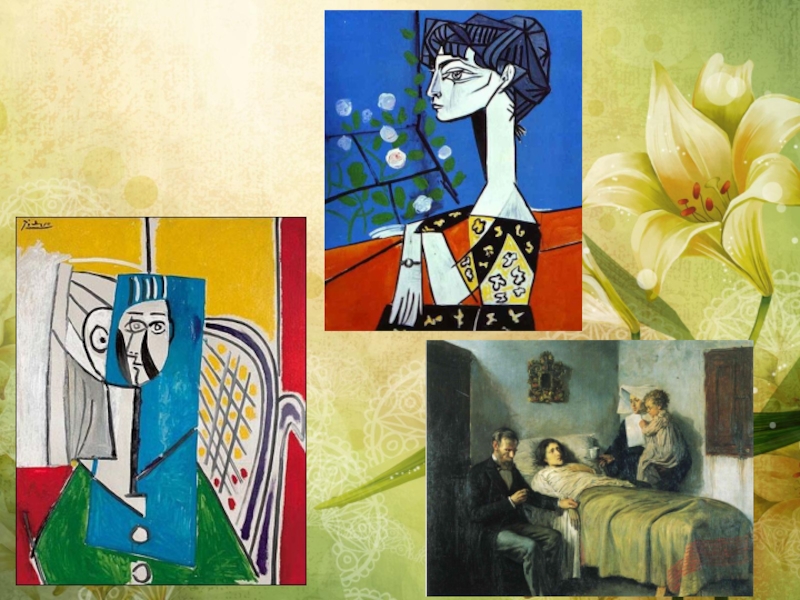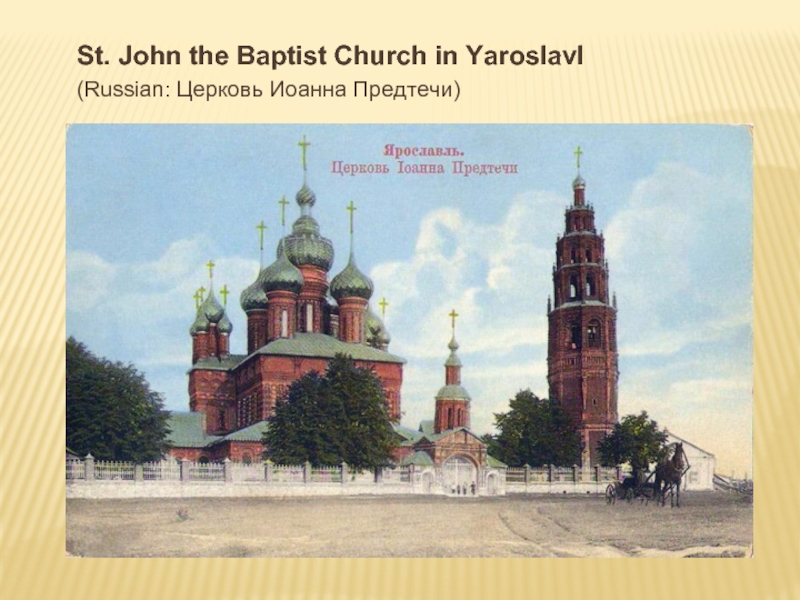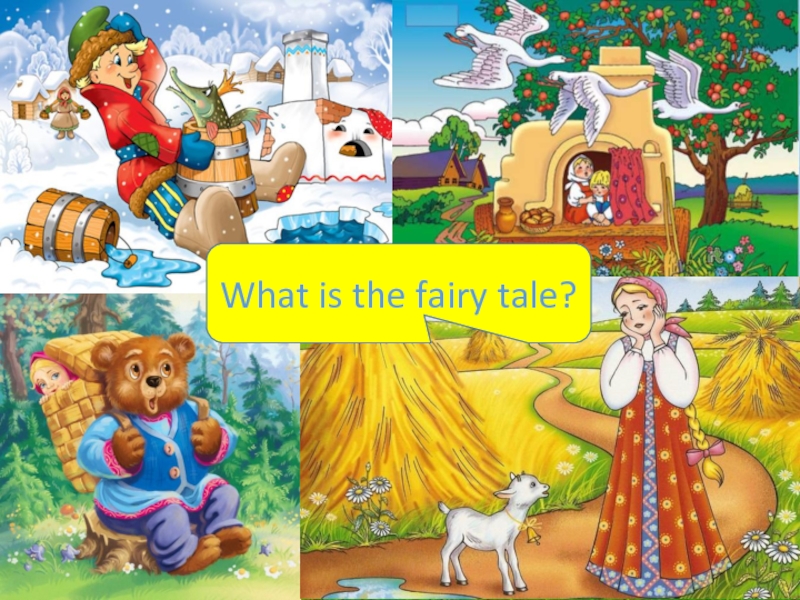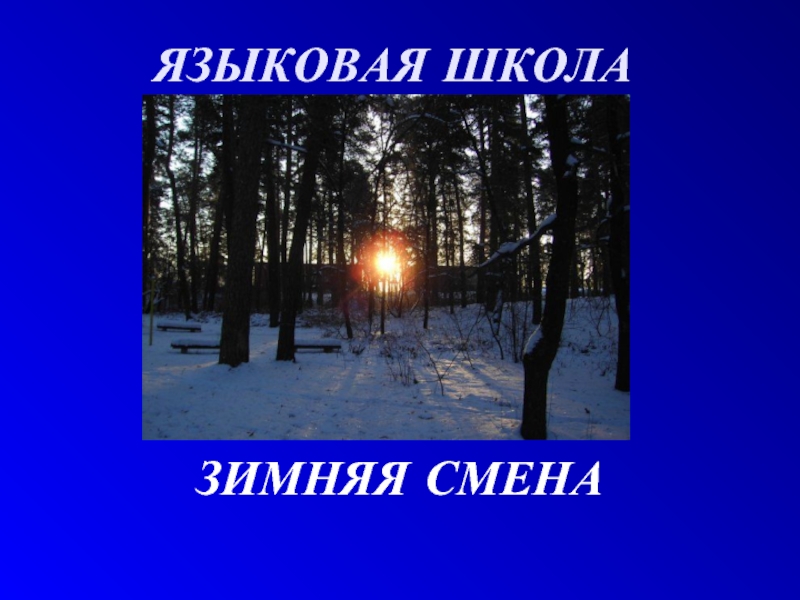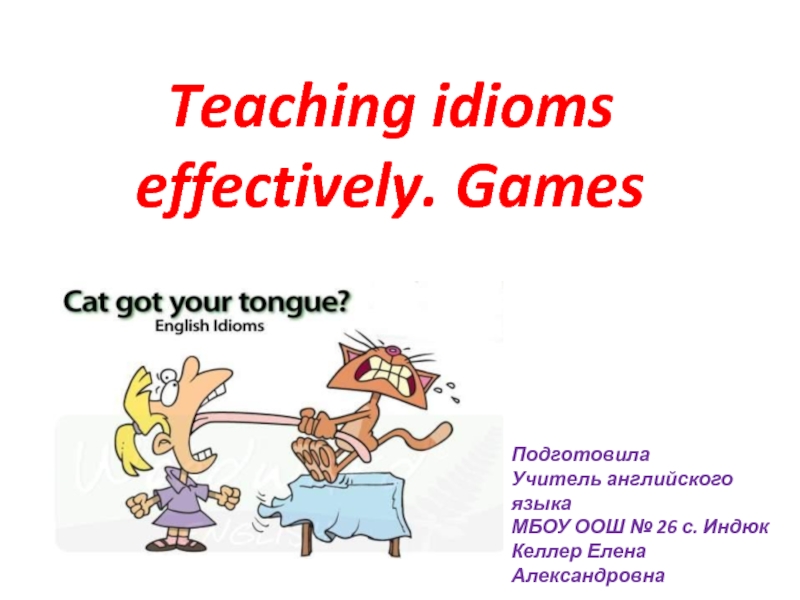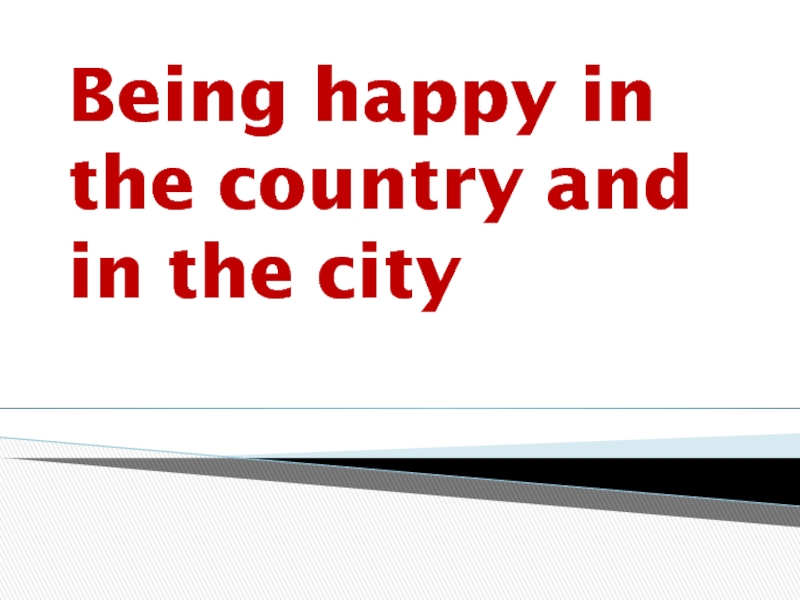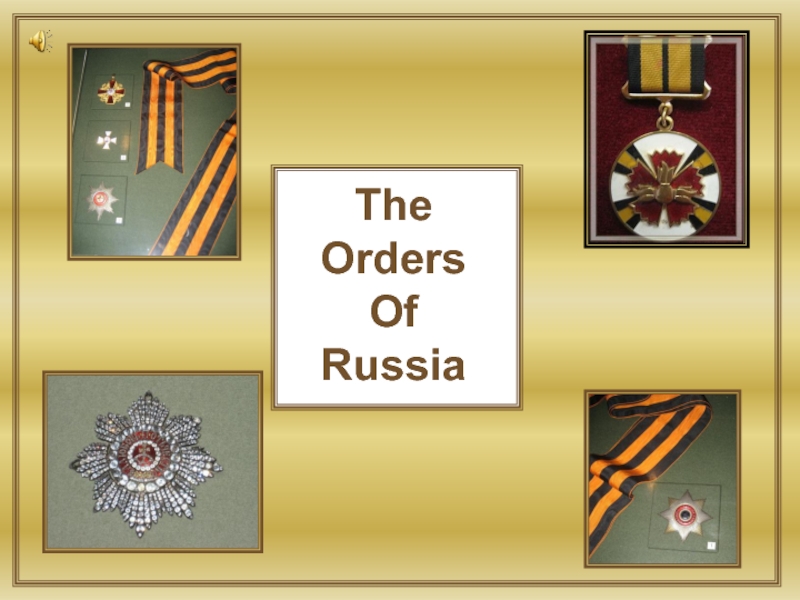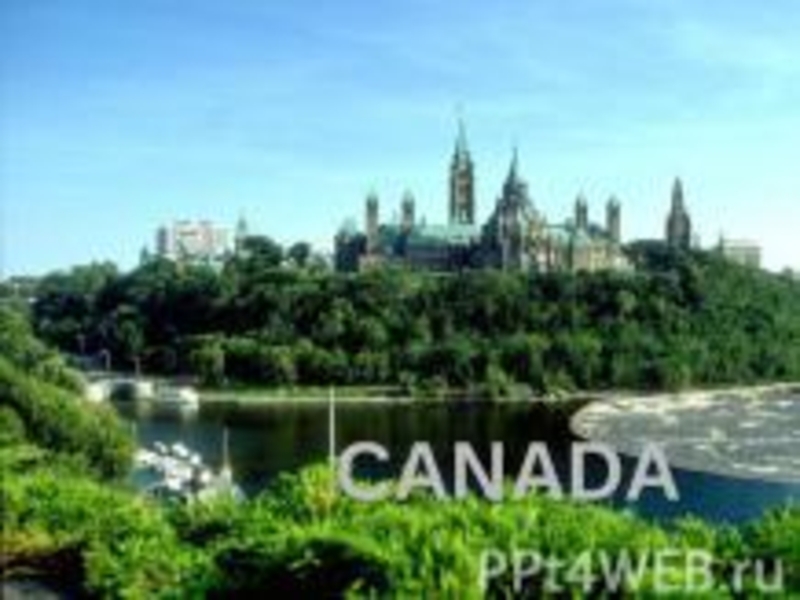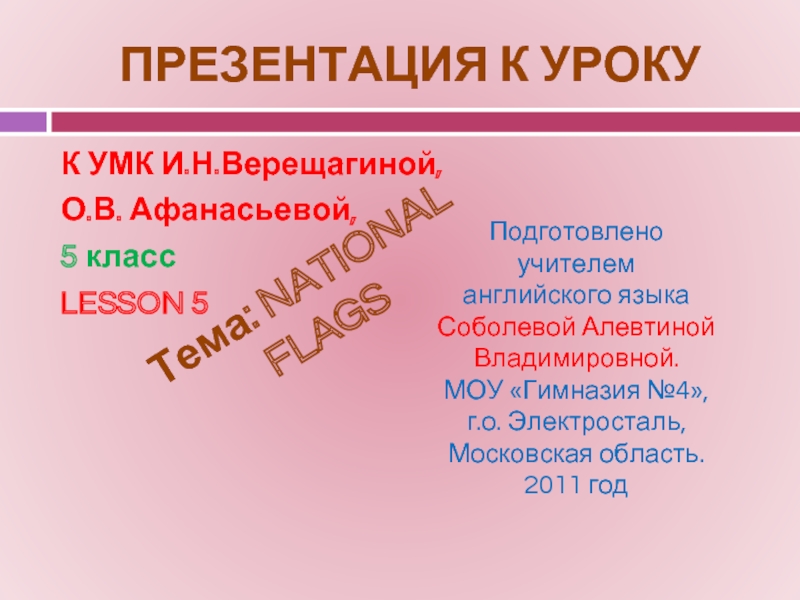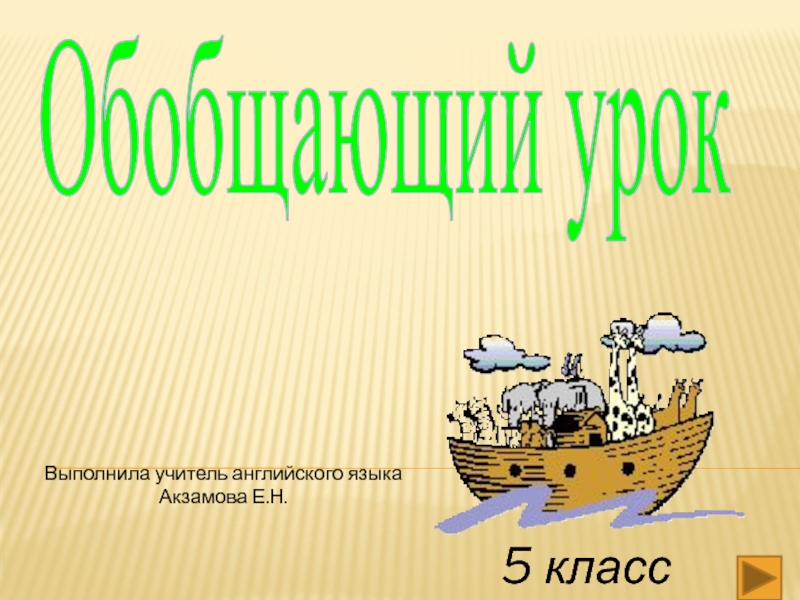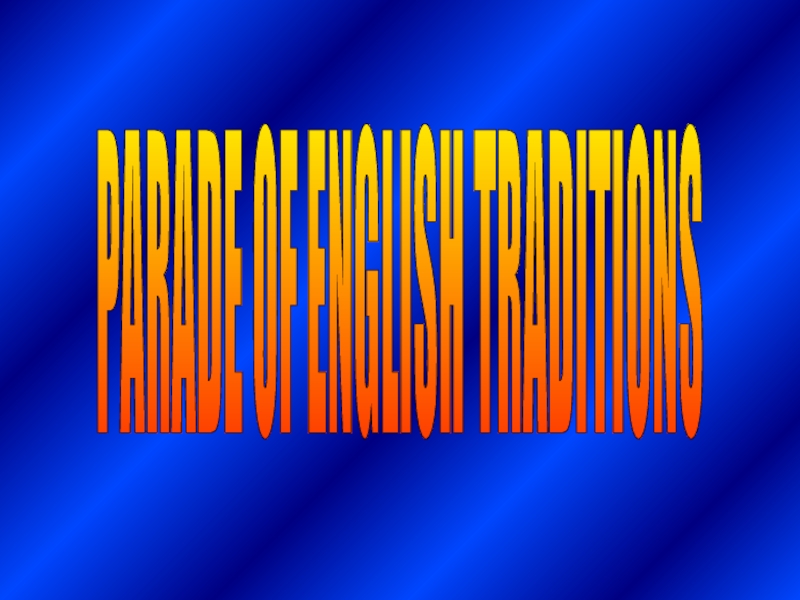Слайд 2Pablo Picasso
(1881 – 1973)
Painter, Sculptor
Слайд 3Some facts
Born - 25 October 1881. (Malaga, Spain).
Birth name -
Pablo Diego Jose Francisco de Paula Juan Nepomuceno Maria de
los Remedios Cipriano de la Santisima Trinidad Ruiz y Picasso.
Died - 8 April 1973 (aged 91) (Mougins, France)
Nationality – Spanish.
Field - Painting, drawing, sculpture printmaking, ceramics, stage design.
Movement – Cubism.
Слайд 4Picasso was born in Málaga, Spain. His father was a
painter and art professor. Pablo showed artistic talent from a
very early age – his first word was the spanish for “pencil”. At age 13, his father convinced the school of fine arts to take him on as a student and rented him a room so that he could have somewhere he could be alone to paint.
Слайд 5After studying at the best art school in Spain,picasso traveled
to Paris. He stayed there and lived among a group
of fellow artists, poets and writers, most of whom became famous. He was very poor, sometimes burning his paintings to keep warm. In 1905, he became a favorite of an influential american art patron living in Paris, Gertrude Stein. She would help launch his career.
Слайд 6Picasso lived through World War I, the Spanish Civil War,
and World War II, refusing to fight for any side
or country. In 1944, he joined the communist party, although he had some differences with them and was never an ardent communist.
Picasso had many relationships over his lifetime with different women. He married twice and had four children with three different women.
Слайд 7Picasso’s work is sorted into “periods”. Each period is distinctive
for the style, mood, and colors he used. His Blue
Period is full of sad, serious paintings mostly done in blues and greens. The figures in these paintings look thin and hungry.
Слайд 8His Rose Period was a bit more upbeat, using oranges
and pinks and featuring many circus people and acrobats. Harlequins
would become a symbol for Picasso that would repeat in his paintings for years.
Слайд 9Along with fellow painter George Braque, Picasso pioneered a new
style of painting called “Cubism”. The artists analyzed subjects and
broke them down into the shapes that composed them. Sometimes they cut up pieces of newspaper or wallpaper and glued them onto the paintings. This was the first time collage was used in fine art.
Слайд 10One of Picasso’s most famous paintings, this one represents the
German bombing of Guernica during the Spanish Civil War. It
was a statement about the brutality and hopelessness of war.
Слайд 11Picasso was also a sculptor. In the mid 1960s, he
was hired to create a huge (50 foot high) public
sculpture
to be built in Chicago.
He was excited about the project, designing something very ambiguous and controversial. What it is meant to represent, no one really knows, is it a bird, a horse, a woman, or something abstract? Picasso refused the $100,000 fee he was offered, instead donating the sculpture to the people of Chicago.
Слайд 12Picasso was hugely successful during his long career, earning enough
money to live very well and being a celebrity. In
addition to his enormous body of work he also had a film career, appearing in several films. He always played himself.
Pablo Picasso died on April 8, 1973 in Mougins, France while he and his wife were having a dinner party.
Слайд 13Picasso was an extremely prolific artist, creating 1,885 paintings, 1,228
sculptures, 2,880 ceramics, about 12,000 drawings, thousands of prints and
many tapestries and rugs
Слайд 14“There are painters who transform the sun to a yellow
spot, but there are others who with the help of
their art and their intelligence, transform a yellow spot into the sun”
Pablo Picasso
Слайд 15Picasso left no will when he died, so his estate
taxes were paid in the form of paintings – his
own and some he collected by other artists. These paintings are housed in the Musée Picasso in Paris.
Several paintings by Picasso rank as the most expensive paintings in the world, selling for over $100 million apiece. More of his paintings have been stolen than those of any other artist – to date, 550 of his works are listed as missing.

